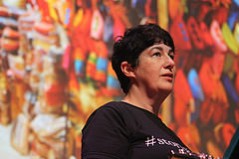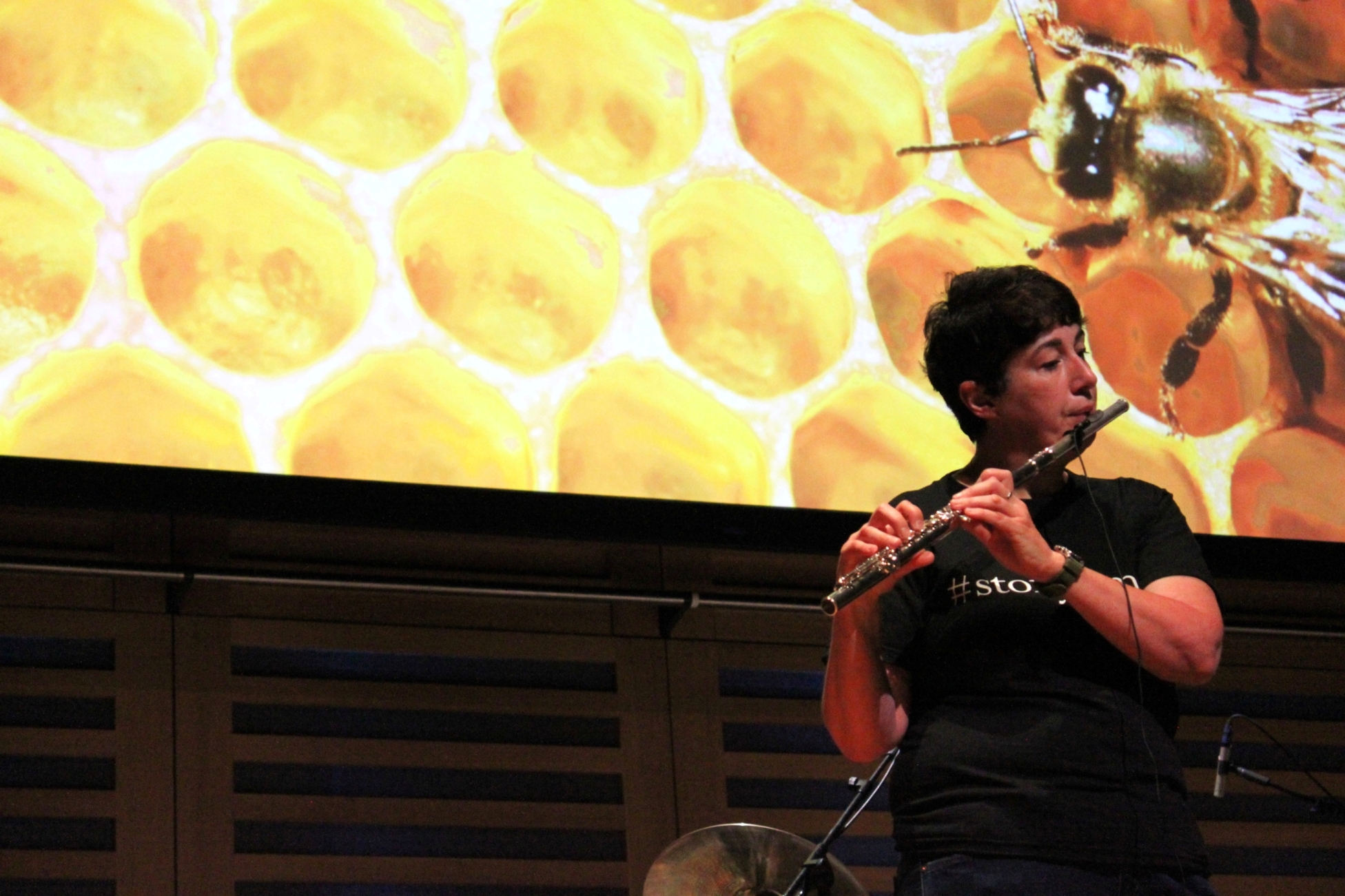Q: We all tell stories for different reasons: to educate, to convince, to sell, to entertain, etc. Why do you tell stories? And more specifically, why do you tell fairy tales?
A: For the same reason people have always told them. To make a connection; to ask a question; to make a comment; to share a human experience on a more articulate level than speech.
Q: A decade ago, one would never have imagined that stories could be told in 140 characters. That’s the length of a blurb (or even less). Yet this is how you tell your stories. How do you keep your stories fascinating and relevant in so few characters and on a medium that is known for the fleetingness of its ‘stories’ (so many tweets are sent in a minute that a single tweet can go missing on the Twitter timeline so quickly)?
A: Twitter is the closest thing to the oral tradition we have. Its rhythms are conversational, its nature volatile, immediate and interactive. It’s the perfect medium for a certain kind of story, made up on the spot, and sent out to whomever wants to listen.
Q: Why do you think #Storytime has become so popular?
A: Because people like listening to stories. Modern life has taken away much of their opportunity to do so. But Twitter gives them the chance again.
Q: How much planning goes into each Twitter #StoryTime?
A: Initially, none at all. It’s a spontaneous act of creation.
Q: Why do you think the popularity of sharing stories has survived for so long?
A: It’s how human beings communicate their shared experience. It’s hard-wired into our collective unconscious.
Q: How has the internet affected the nature of storytelling?
A: It has made communication much easier, and has facilitated the dissemination of stories of all kinds; news, anecdotes; conspiracy theories; fiction; games; blogs; fan fiction. Stories, in one way or another, are at the heart of the Internet, as they are at the heart of society.
Q: What makes a story a memorable one?
A: The most memorable stories are those in which we see a reflection of ourselves, and through which we can make a connection.
Q: Storytelling technology has changed. Has the audience also changed?
I don’t think human beings ever change much. But the size and scope of the audience has changed to fit an expanding medium.
Q: How different is it for you now, telling stories through music?
A: In some ways, very different. It’s a very intimate, revealing process. There’s no getting away from a live audience; their reactions, their expectations. I can sometimes get very nervous – it’s always different every time, and it never feels entirely risk-free. But it’s worth it for the audience response, and for the atmosphere it generates. People love stories, and music heightens the experience: I think that combination speaks to something very visceral in us, something that goes back to the oldest traditions of storytelling, when we still believed in magic, and we still needed stories to give us hope, and to keep the monsters at bay.
(Photographs by Claire Shovelton)


